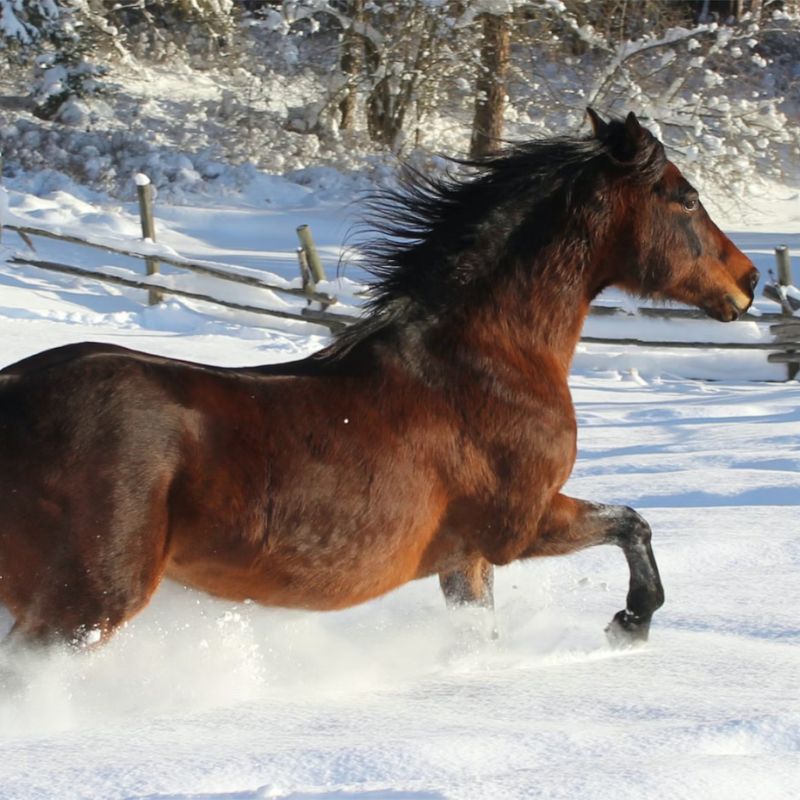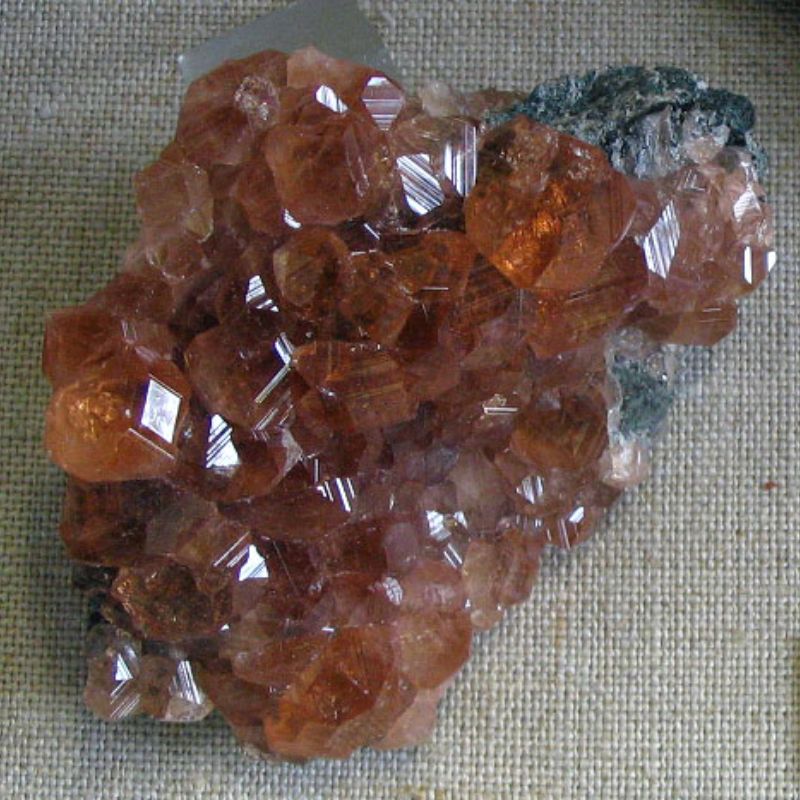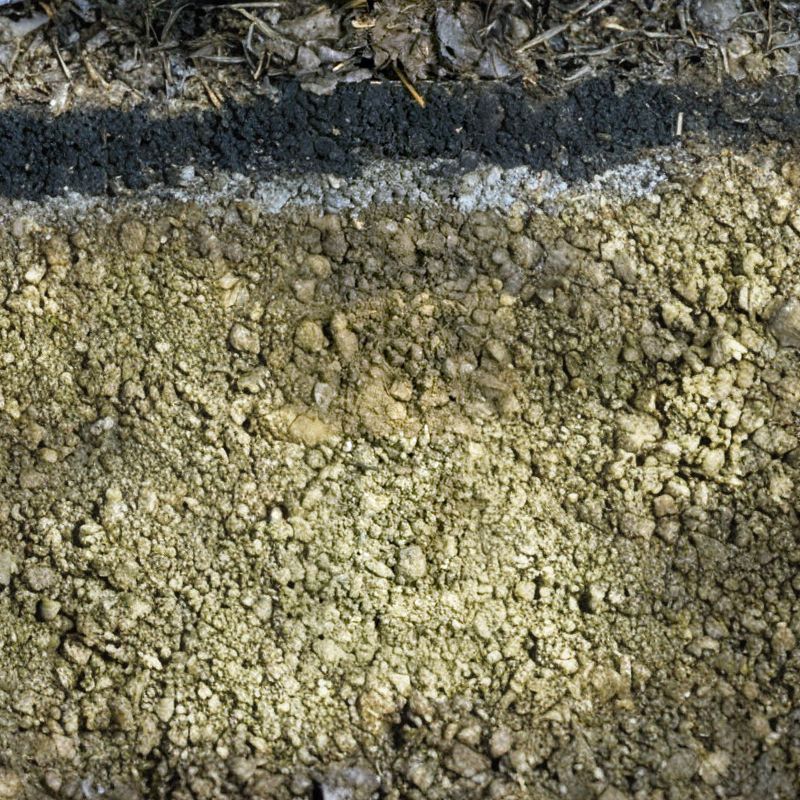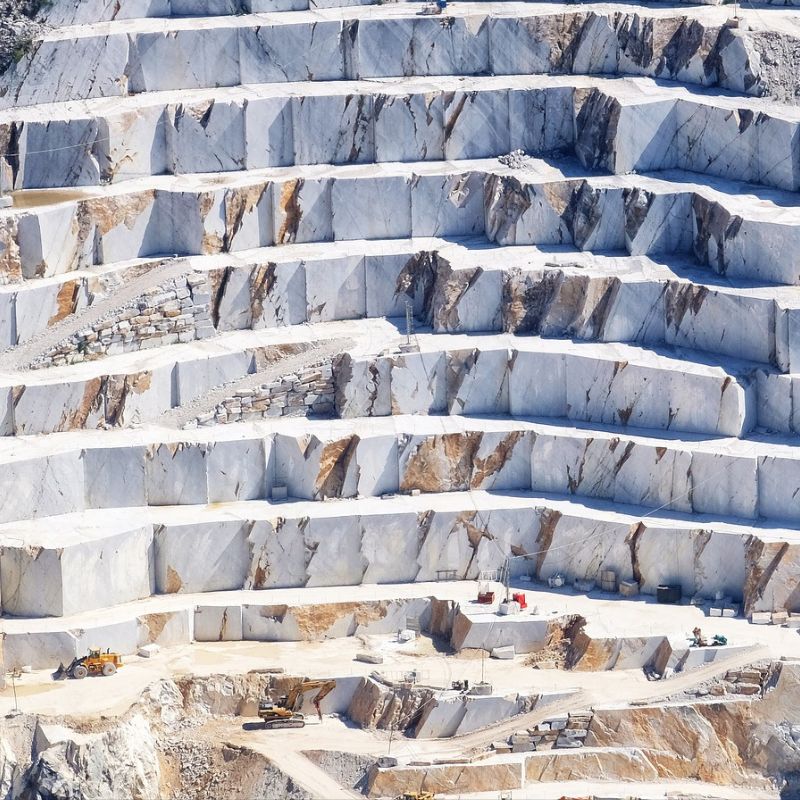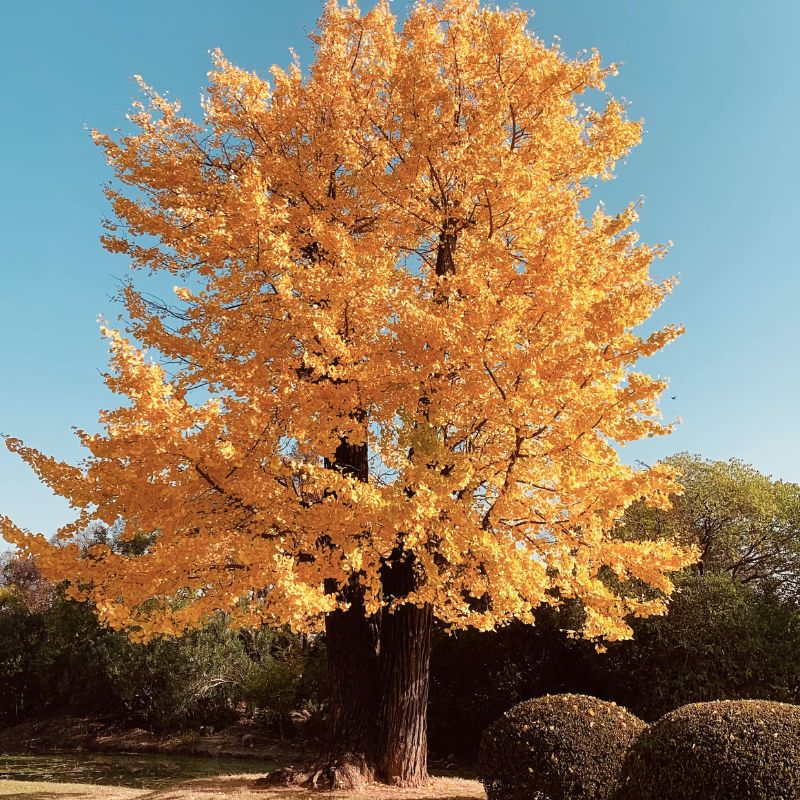Explore the Fascinating History of Vermont
Take our Alabama Trivia Quizzes for a Chance to Win a 6-Month Subscription to History By Mail!

The History of Vermont
Journey Through Vermont Trivia
Welcome to our Vermont history and trivia page, presented by History By Mail. Join us as we delve into the fascinating past and unique culture of the Green Mountain State. From the breathtaking landscapes of the Green Mountains to the charming villages and vibrant arts scene, we'll uncover Vermont's hidden treasures and challenge your knowledge with exciting quizzes. Let's embark on a journey through Vermont's history and trivia together.
Vermont holds a special place in American history as the 14th state to join the Union. It is known for its progressive values and independent spirit, which can be traced back to its early days as a republic before becoming a state. The state played a role in the abolitionist movement and was the birthplace of President Calvin Coolidge.
Beyond its historical significance, Vermont offers stunning natural beauty and outdoor adventures. Explore the majestic peaks and scenic trails of the Green Mountains, discover the picturesque shores of Lake Champlain, or indulge in winter sports like skiing and snowboarding. Vermont's quaint towns, covered bridges, and maple syrup production add to its distinct charm.
Today, Vermont embraces its heritage while embracing modern trends and innovations. Whether you're seeking outdoor adventures, cultural experiences, or simply a serene escape in nature, Vermont offers a welcoming environment that celebrates its history, traditions, and the beauty of its natural surroundings.
Facts about Vermont
State Abbreviation: VT
Capital: Montpelier
Name Origin: Derived from the French words "vert" meaning "green" and "mont" meaning "mountain." Vermont is often referred to as the "Green Mountain State" due to its picturesque Green Mountains.
Nickname: The Green Mountain State
Statehood: March 4, 1791 (14th State)
State Motto: "Freedom and Unity." This motto was adopted in 1788. The motto reflects Vermont's values of both individual freedom and the importance of collaboration and cooperation among its citizens.
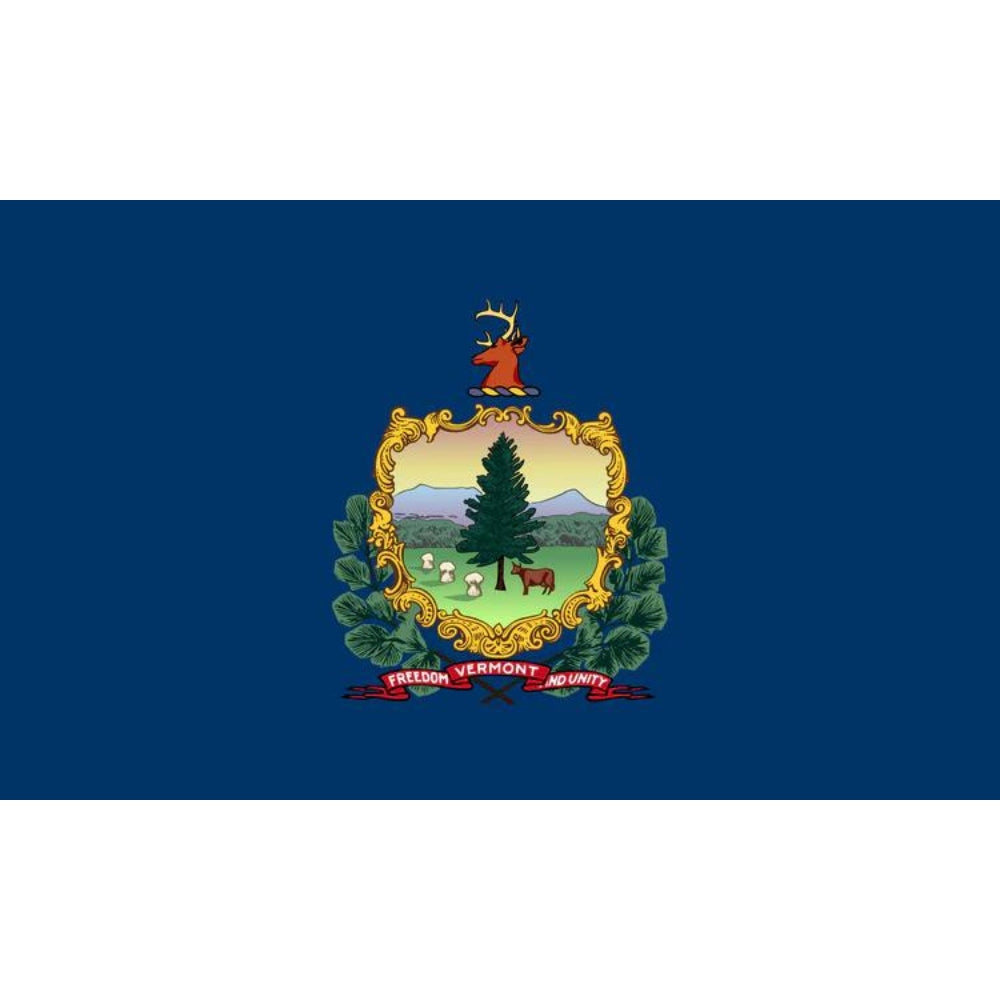
Vermont's Flag
Vermont's state flag, adopted in 1923, showcases a deep blue field with the state coat of arms at its center. The coat of arms features a pine tree, representing Vermont's abundant forests, along with a cow and sheaves of wheat, symbolizing the state's agricultural heritage. The flag's motto, "Freedom and Unity," embodies Vermont's values of individual liberty and the strength of a united community. It reflects the state's commitment to personal freedoms and the importance of working together for the common good. Vermont's flag stands as a proud symbol of its unique identity and unwavering spirit.
Vermont's Great Seal
The current seal of Vermont, crafted in 1937, is an exact duplicate of one established in 1779; various alterations were utilized in the intervening period. At its core, there is a prominent pine tree with 14 branches, indicating that the aspiration for Vermont's statehood existed even during the early era of the republic. In 1791, Vermont achieved admission into the Union as the 14th state. Encircling the tree are bundles of wheat, a cow, a forest, and an emblem reminiscent of a fleur-de-lis, the significance of which remains enigmatic. The lower segment of the seal bears the inscription "Vermont" alongside the state motto, "Freedom and Unity."

--- State Trivia #1 ---
History of Vermont
Vermont, a land rich in history and natural beauty, has been inhabited for thousands of years by Native American tribes such as the Abenaki. French explorer Samuel de Champlain claimed a portion of the region for France in 1609, but it eventually came under British control after the French and Indian Wars. During the Revolutionary War, Vermont declared its independence from New York and remained a separate entity for 14 years before joining the United States as the 14th state in 1791.
The Green Mountain State, known for its picturesque landscapes, played a significant role in the Civil War as a staunch supporter of the Union. Vermont's history is marked by the bravery of the Green Mountain Boys, led by Ethan Allen, who captured Fort Ticonderoga from the British in 1775. The state's first constitution, adopted in 1777, abolished slavery and emphasized universal male suffrage without property qualifications.
Today, Vermont thrives in various industries, including the production of granite, marble, maple products, and talc. The state's rugged terrain, although challenging for extensive agriculture, is ideal for fruit tree cultivation and dairy farming. Vermont's industrial sector encompasses electrical equipment, fabricated metal products, printing, publishing, and paper production.
Tourism is a major economic driver, with visitors flocking to renowned ski areas like Stowe, Killington, and Sugarbush. The Green Mountain National Forest, Bennington Battle Monument, Calvin Coolidge Homestead, and Marble Exhibit in Proctor are among the state's many attractions. Vermont has also gained recognition as a trailblazer for gay rights, legalizing same-sex marriage through legislative action in 2009, the first state to do so by vote.
State Symbols
Fun Facts
- Vermont is the leading producer of maple syrup in the United States. The state's iconic sugar maple trees and favorable climate make it the perfect place for maple syrup production. Visitors to Vermont can indulge in various maple treats, including maple candy, maple lollipops, and even maple ice cream.
- The state of Vermont is known for its stunning fall foliage. Every autumn, the landscape transforms into a vibrant display of red, orange, and yellow hues. People from all over the world visit Vermont to witness the breathtaking beauty of the changing leaves.
- Vermont is home to the Ben & Jerry's ice cream factory in Waterbury. Visitors can take guided tours of the factory, learn about the ice cream-making process, and even sample some of the unique flavors created by this beloved brand.
- Lake Champlain, located on the border of Vermont and New York, is said to be the dwelling place of Champ, a legendary lake monster. Similar to the Loch Ness Monster, Champ has been a subject of local folklore and sightings, adding a touch of mystery to the region.
- Vermont is known for its strong commitment to environmental conservation. The state is often praised for its sustainable practices, organic farming, and emphasis on locally sourced food. Vermont's dedication to preserving its natural beauty and embracing eco-friendly initiatives sets it apart as a leader in environmental stewardship.
--- State Trivia #2 ---

Things To Do in Vermont
- Explore the Green Mountains: Venture into Vermont's picturesque Green Mountains and experience the state's natural beauty. Go hiking or biking along the scenic trails, witness breathtaking views from Mount Mansfield, the state's highest peak, or immerse yourself in the tranquility of the Green Mountain National Forest.
- Discover Burlington: Visit the vibrant city of Burlington, located on the shores of Lake Champlain. Explore the pedestrian-friendly Church Street Marketplace with its shops, restaurants, and street performers. Take a scenic boat cruise on Lake Champlain, sample local craft beers, and enjoy live music in this lively college town.
- Indulge in Vermont's Maple Syrup: Delight your taste buds with Vermont's famous maple syrup. Visit a local sugarhouse to learn about the syrup-making process, enjoy maple tastings, and even participate in sugaring events during the maple season. Don't forget to try maple-flavored treats like maple candy and maple creemees.
- Experience the Vermont Country Store: Step back in time and browse the charming Vermont Country Stores. These unique shops offer a variety of nostalgic items, locally made products, and Vermont specialties. Explore shelves filled with artisanal cheeses, handmade crafts, and vintage treasures, and indulge in the nostalgic atmosphere of these timeless establishments.
- Ski or Snowboard in Vermont's Winter Wonderland: Vermont is renowned for its winter sports opportunities. Hit the slopes at one of the state's premier ski resorts such as Stowe, Killington, or Sugarbush. Whether you're a beginner or an experienced skier or snowboarder, Vermont's snowy mountains offer a wide range of trails and terrain for all levels of expertise.
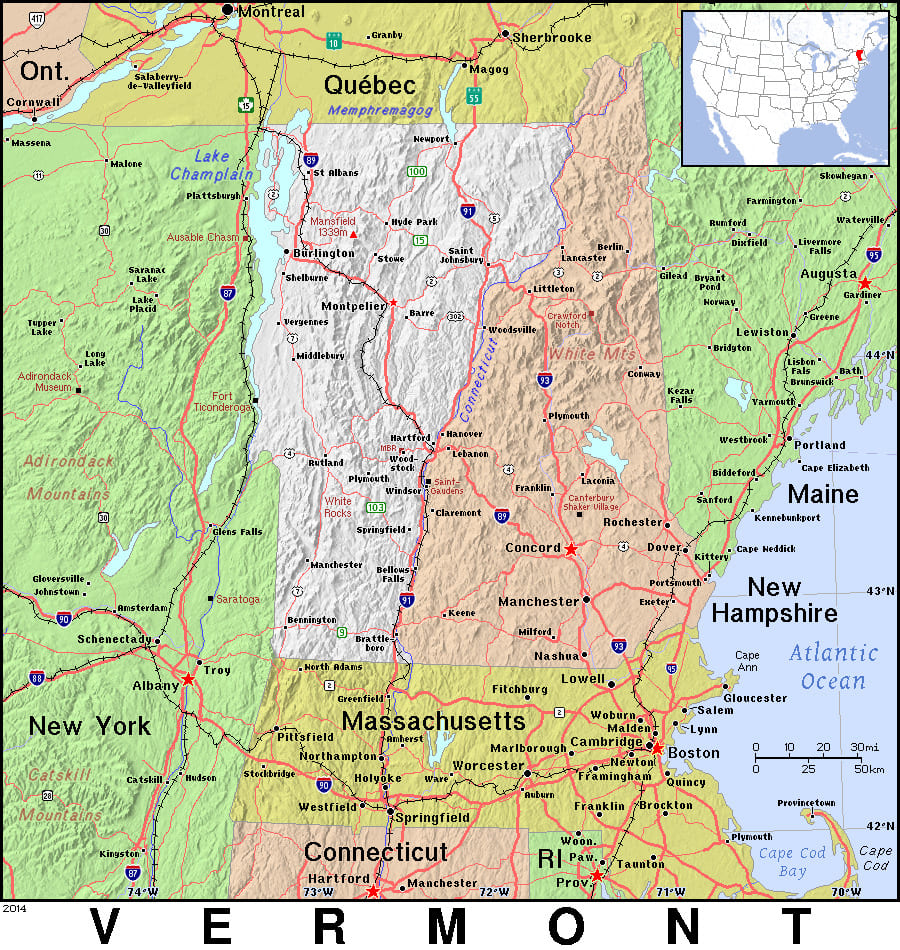
General Map of Vermont
Vermont, a New England state, captivates with its stunning landscapes and rich history. From the iconic Green Mountains to the fertile valleys and serene lakes, this picturesque state offers a tranquil retreat. Explore charming towns, indulge in maple syrup delights, and embrace the natural wonders of Vermont
Famous People From Vermont
--- State Trivia #3 ---
FREQUENTLY ASKED QUESTIONS (FAQ) ABOUT VERMONT
The name "Vermont" comes from the French words "vert" (green) and "mont" (mountain), reflecting the state's lush green landscapes and its picturesque mountain ranges.
Vermont is often referred to as the "Green Mountain State" due to its abundant forests and impressive mountain ranges. The Green Mountains run through the state, contributing to its scenic beauty.
Vermont was the first state to abolish adult slavery in its constitution in 1777. While the state's population of enslaved individuals was relatively small, Vermonters played a role in the Underground Railroad and the broader abolitionist movement.
Vermont was not part of the original 13 colonies, and its journey to statehood was a unique one. The region declared its independence from both New York and New Hampshire, forming the Vermont Republic in 1777. After years of negotiation, Vermont was admitted to the Union as the 14th state on March 4, 1791.
Related Resources
- Official Website of the State of Vermont: The official website provides information about the state government, services, tourism, and resources. Visit: https://www.vermont.gov/
- Vermont Department of Tourism & Marketing: Discover Vermont's attractions, outdoor adventures, events, and plan your visit to the Green Mountain State. Visit: https://www.vermontvacation.com/
- Vermont Historical Society: Learn about Vermont's rich history, explore historic sites, access educational resources, and engage in preservation efforts. Visit: https://vermonthistory.org/
- Vermont State Parks: Explore Vermont's beautiful state parks, trails, campgrounds, and recreational activities. Visit: https://vtstateparks.com/
- Vermont Agency of Natural Resources: Discover Vermont's natural resources, environmental conservation initiatives, and outdoor recreational opportunities. Visit: https://anr.vermont.gov/
- Shelburne Museum: Explore one of Vermont's premier art and history museums, featuring diverse collections, historic buildings, and beautiful gardens. Visit: https://shelburnemuseum.org/

